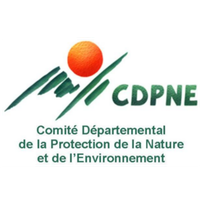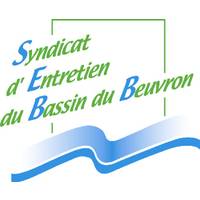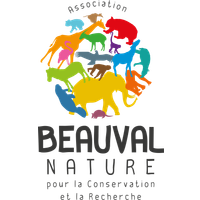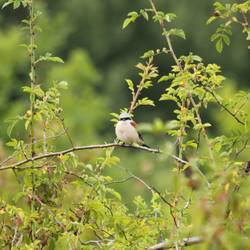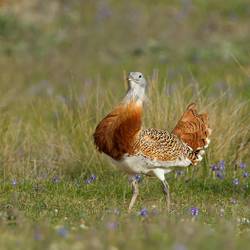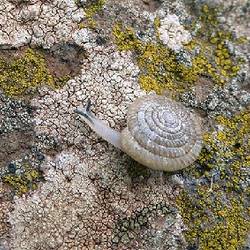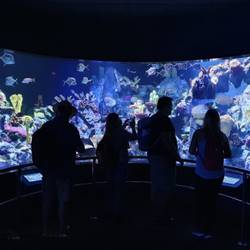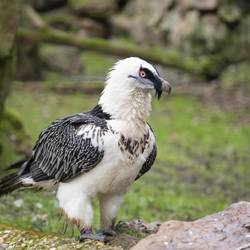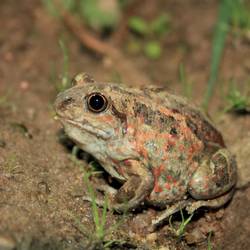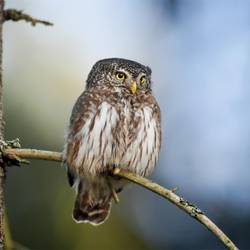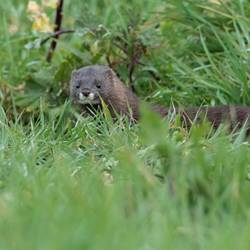France
Préserver les amphibiens de Sologne en luttant contre l'envahissante Grenouille taureau
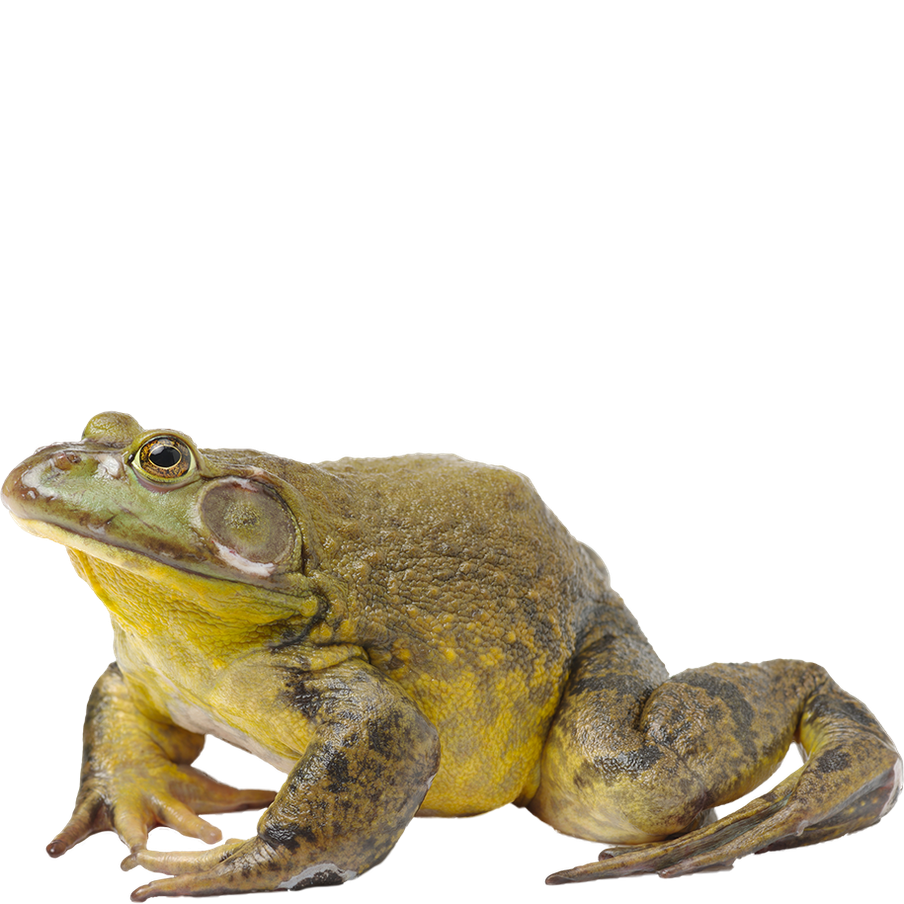
Afin de préserver les amphibiens de Sologne qui se raréfient dans leur milieu naturel, le CDPNE (Comité Départemental de la Protection de la Nature et de l’Environnement) mène plusieurs actions. L’une de leurs missions, soutenue par Beauval Nature, est la surveillance des sites potentiellement colonisés par la Grenouille taureau, espèce exotique envahissante, et le contrôle de l’expansion de cette espèce. Pour conserver la biodiversité, il existe également d’autres moyens : protection des espaces, restauration des milieux, acquisition foncière… La conservation du vivant passe par plusieurs actions terrain.
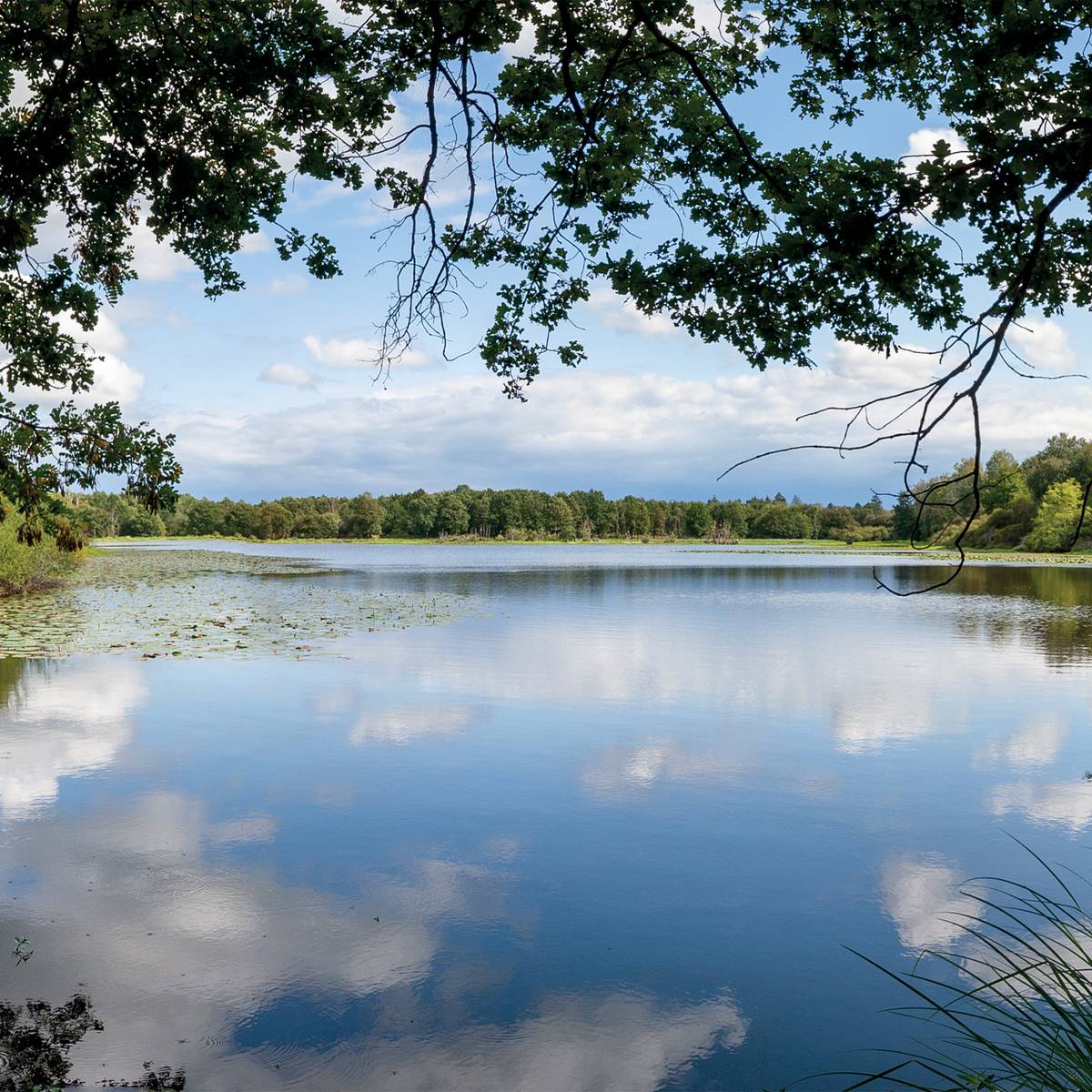
Direction les étangs de Sologne
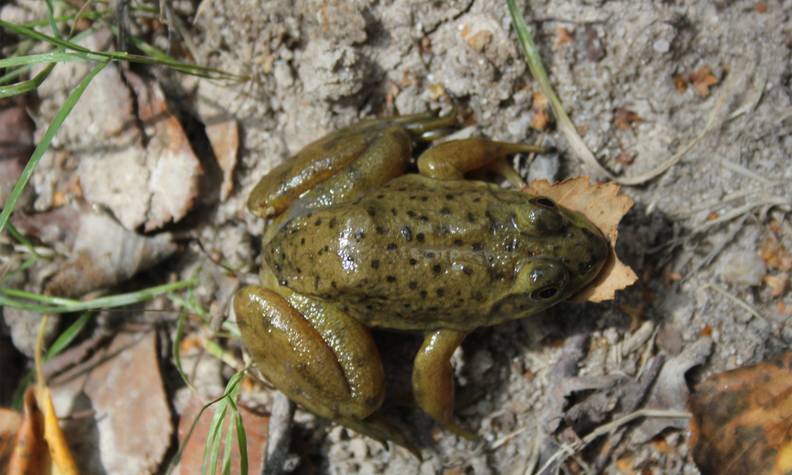
Beauval Nature participe aux campagnes de détection et d’éradication de la Grenouille taureau en Sologne.
Beauval Nature s’appuie sur l’acoustique et l’ADN environnemental (ADNe).
Région naturelle boisée d’environ 500 000 hectares, située en Centre-Val de Loire, la Sologne et ses 3000 étangs. La douce mélodie des oiseaux qui chantent… Et aussi parfois, un son très grave et puissant, audible jusqu’à 1 km à la ronde, comme un beuglement de taureau, qui a valu à l’espèce son nom commun : la Grenouille taureau (Lithobates catesbeianus).
Le 4e numéro de Beauval Nature mag, publié en juin 2022, consacre tout un dossier à la biodiversité locale dont les Amphibiens de Sologne.
De nombreuses espèces d’amphibiens en Sologne
La Sologne abrite de nombreuses espèces d’amphibiens. Parmi l’ordre des Urodelles (tritons et salamandres), on retrouve par exemple la Salamandre tachetée (Salamandra
salamandra), le Triton palmé (Triturus helveticus) et le Triton crêté (Triturus cristatus). La Sologne compte également de nombreux amphibiens de l’ordre des Anoures (grenouilles et crapauds) comme la Grenouille agile (Rana dalmatina), le Crapaud commun (Bufo bufo) ou encore le Crapaud calamite (Epidalea calamita) pour ne citer que ces espèces.
Afin d’éviter leur déclin, le CDPNE veille à préserver les mares, étangs et zones humides, informer tous les acteurs impliqués dans leur gestion et sensibiliser le grand public à l’importance de préserver les amphibiens et leur habitat.
Cependant, l’une des menaces principales pesant sur les grenouilles et salamandres de Sologne est la présence des espèces exotiques envahissantes comme lla Grenouille taureau.
Une espèce exotique envahissante
La Grenouille taureau est une espèce exotique envahissante. Cette expression désigne des animaux ou des végétaux introduits par l’Homme, accidentellement ou délibérément, hors de leur aire de répartition naturelle, et dont la présence ou la dispersion menace les écosystèmes.
94 espèces exotiques envahissantes (EEE) sont rencensées en France métropolitaine (IPBES, 2022). À l’échelle mondiale, on dénombre 3 500 EEE, lesquelles sont co-responsables de 60 % des extinctions d’espèces.
Bien que la prévention soit l’option la plus efficace pour éviter l’arrivée d’une nouvelle espèce exotique susceptible d’être envahissante, il est parfois trop tard. Il faut alors freiner la reproduction et la propagation de l’EEE détectée, avant qu’elle n’occasionne des changements irréversibles dans son nouvel environnement.
Identifier les lieux colonisés
Originaire d’Amérique, la Grenouille taureau est détectée en Sologne depuis 2002. Elle menace les espèces locales de 3 façons :
- prédation,
- compétition pour les ressources alimentaires ou l’habitat,
- transmission de maladies.
La détection des individus, le contrôle et l’éradication des populations est donc indispensable à la préservation des espèces indigènes.
L’identification de lieux colonisés par les Grenouilles taureau se fait visuellement, en explorant les points d’eau, ou bien en enregistrant et en analysant les coassements-meuglements des amphibiens d’un lieu donné. Des méthodes plus sophistiquées peuvent être utilisées comme l’analyse de l’ADN environnemental (ADNe) contenu dans un échantillon d’eau. Cette méthode permet de détecter tous les stades aquatiques.
Une fois l’intru détecté, plusieurs méthodes permettent d’éviter sa propagation : prélèvement des pontes, des têtards, installation de barrières anti-dispersion des juvéniles, régulation des adultes par tirs sélectifs.
Jusqu’à 2 sessions de détection menées tous les ans
Les fonds versés par Beauval Nature depuis 2010 ont permis de financer l’achat des kits d’ADNe. Plusieurs sessions de détection de la Grenouille taureau ont été menées par l’équipe de Beauval Nature en partenariat avec le CDPNE :
- À la mi-juin : au moment du pic de reproduction de l’espèce, des prélèvements d’eau sont effectués sur les étangs situés en périphérie de la zone colonisée par l’espèce. La campagne de prélèvement dure quelques jours et les échantillons sont envoyés à un laboratoire français pour l’analyse. Après 1 mois, les résultats sont disponibles et les actions peuvent être mise en place sur le terrain en fonction des étangs revenus positifs à l’ADNe de Grenouille taureau.
- Entre juin et septembre : des enregistreurs acoustiques sont positionnés en bordure des étangs afin d’enregistrer les activités sonores des mâles chanteurs pendant plusieurs jours. Beauval Nature effectue ensuite une analyse des fichiers afin d’identifier l’éventuelle apparition de chanteurs sur l’étang.
- En septembre : la saison de reproduction est terminée, il reste encore des juvéniles et des adultes dans les étangs jusqu’à la migration automnale. Il s’agit du dernier moment de l’année pour vérifier la présence de l’espèce et une seconde session de prélèvement d’eau a lieu afin d’avoir une image récente de la localisation de l’EEE.
Le programme de conservation des amphibiens de Sologne se situe en France.
Quelques caractéristiques sur l’espèce
Originaire des États-Unis, la Grenouille taureau (Lithobates catesbeianus) a initialement été introduite en Gironde en 1968. En 2002, les premiers individus de cette espèce ont été détectés en Sologne. Particulièrement vorace, la Grenouille taureau se nourrit d’amphibiens, oiseaux, insectes, poissons, micromammifères, reptiles, mollusques et crustacés. Elle possède un cycle de reproduction rapide et très productif, pouvant pondre jusqu’à 20 000 œufs par ponte. Ainsi, la Grenouille taureau a bouleversé des écosystèmes en France, proliférant aux dépens d’espèces locales d’amphibiens telles que la Grenouille verte (Pelophylax esculenta), la Salamandre tachetée (Salamandra terrestris) ou le Triton crêté (Triturus cristatus).
Menaces et statut de conservation
Pourquoi les amphibiens de Sologne se raréfient dans leur milieu naturel ?
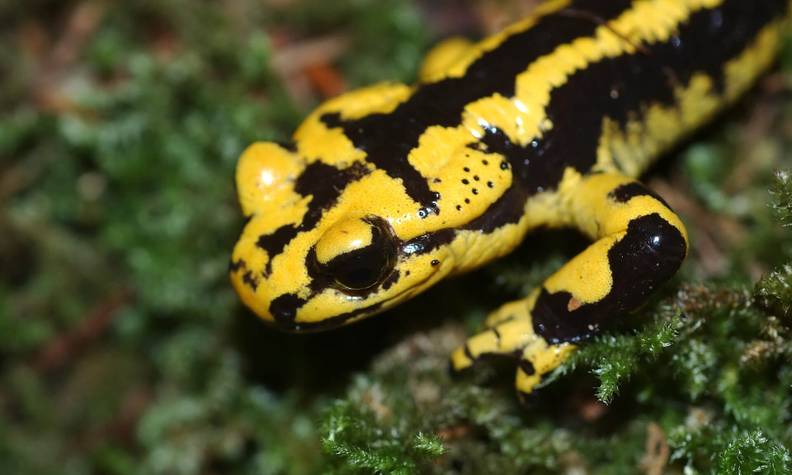
Selon l’UICN, environ 40 % des espèces d’amphibiens sont menacés dans le monde. En France métropolitaine et outre-mer, 84 % des 158 espèces d’amphibiens le sont. Comme un grand nombre d’espèces autochtones, les amphibiens de Sologne se raréfient dans leur milieu naturel. De nombreuses causes sont à l’origine de cette raréfaction : dégradation de l’environnement au profit d’infrastructures routières, la conversion de leurs habitats en terres agricoles, usage de pesticides, asséchement des zones humides, comblement des mares… L’introduction d’espèces exotiques est aussi en cause. Par exemple, la Grenouille taureau est un nouveau prédateur pour plusieurs espèces indigènes d’invertébrés, de poissons ou d’amphibiens dont elle se nourrit. De plus, elle entre en compétition avec certains habitants des zones humides car elle consomme leurs proies ou vit dans le même milieu. Enfin, la Grenouille taureau transmet des agents pathogènes. Elle est porteuse saine de ranavirus et de la chytridiomycose. Le ranavirus est un virus touchant principalement les amphibiens et les reptiles. Quant à la chytridiomycose, c’est une maladie infectieuse provoquée par un champignon et responsable de la disparition de nombreux amphibiens à travers le monde. La Grenouille taureau est porteuse saine de ce champignon pathogène, cela sous-entend qu’elle a développé une résistance immunitaire pour ce champignon par co-évolution. Les espèces locales n’ayant pas co-évolué avec ce champignon se retrouvent avec des défenses insuffisantes face à lui et meurent massivement.
Aucune preuve de la présence de Grenouille taureau en 2023 en Sologne
En 2023, aucune technique mise en place pour le suivi de l’espèce a permis sa détection. Aucun chant, aucune observation directe, aucune détection via l’ADNe. C’est une première encourageante pour la biodiversité de Sologne.
5 infos clés sur la grenouille taureau
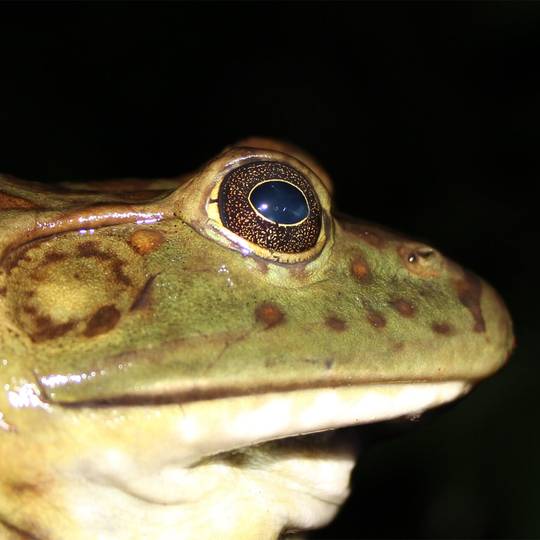
5 infos clés sur la grenouille taureau
Sa taille est de 25 cm maximum à l’âge adulte.
Son poids peut aller jusqu’à 1 kg !
Le coassement du mâle chanteur et reproducteur est audible dans un rayon de 1 km.
Ponte de 20 000 jusqu’à 25 000 œufs selon la taille des femelles.
Sa longévité peut être supérieure à 10 ans du fait de l’absence de prédateur naturel en France.
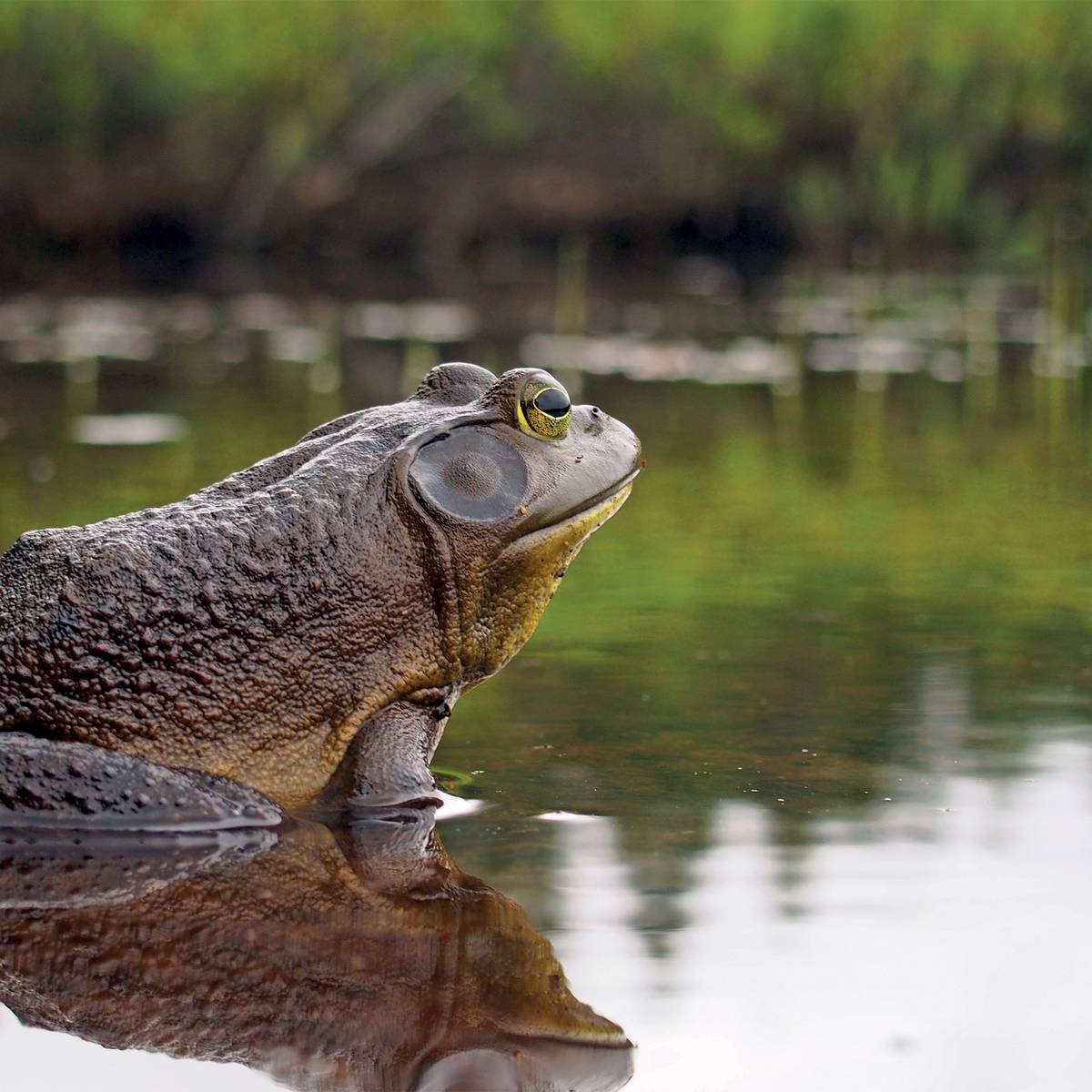
Missions et actions de protection
1 - Détecter l’envahissante Grenouille taureau
Plusieurs méthodes sont utilisées pour la détection : observation, écoute, enregistrement sonore, analyse d’ADN environnemental. Les fonds versés par Beauval Nature depuis 2010 ont permis de financer l’achat des kits d’ADNe. La veille écologique est également primodiale car elle permet de suivre le front de colonisation de l’espèce afin d’identifier d’éventuels nouveaux sites colonisés.
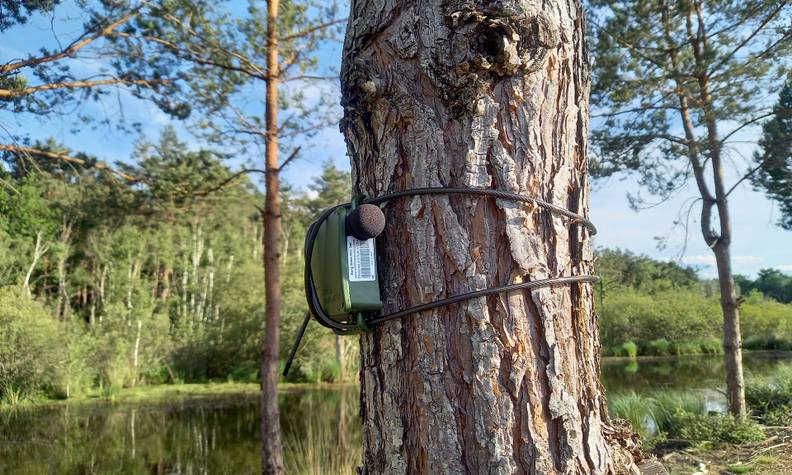
2 - Lutter contre la prolifération de la Grenouille taureau
La lutte contre la prolifération la Grenouille taureau, espèce exotique envahissante, est menée par différents moyens : recherche et prélèvement des pontes, pêche à la senne ou à l’aide de nasses pour éliminer les têtards, la mise en place de barrières anti-dispersion afin de limiter le déplacement des juvéniles, le tir nocturne à la carabine dédié à la régulation des adultes, réalisé par des agents assermentés. Enfin, il est nécessaire d’effectuer un suivi écologique afin d’évaluer l’efficacité des mesures mises en place.
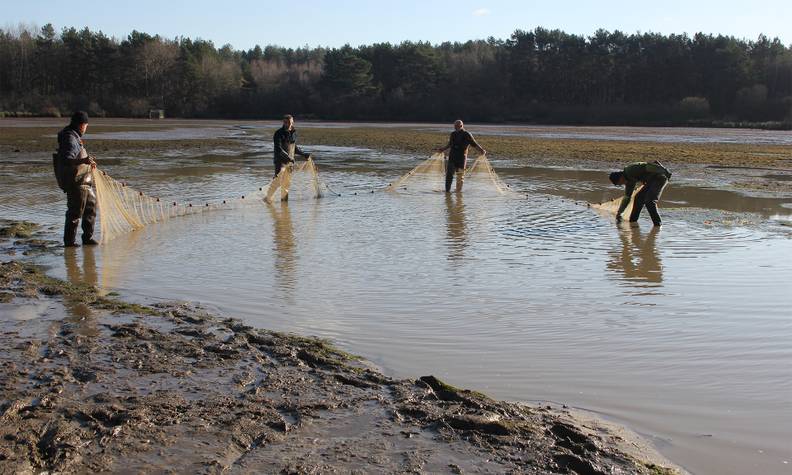
3 - Sensibiliser le public et former les acteurs de l’environnement
La sensibilisation du public représente un autre volet primordial du programme de conservation afin de faire connaître les différentes actions menées pour les amphibiens de Sologne et plus largement l’importance de la préservation des sites pour la biodiversité locale. La formation des acteurs de l’environnement est également une dimension essentielle du programme.
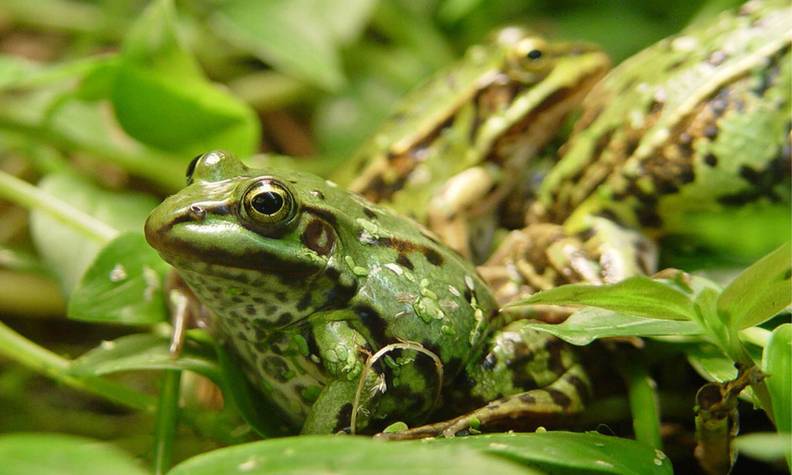
Soutenez l’association et ce programme !
Participer à la préservation des espèces animales à travers le monde. L’argent confié à Beauval Nature sera reversé à l’un des programmes de conservation et de recherche que nous soutenons. Vos dons et parrainages sont déductibles à hauteur de 66% des impôts.
Un programme géré par le CDPNE avec le soutien technique de Beauval Nature et du SEBB.
